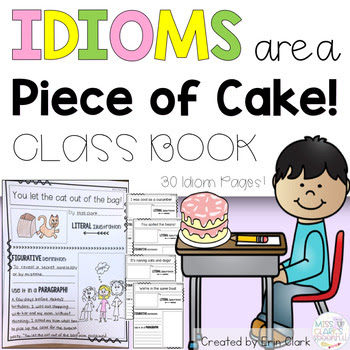Here are some of my favorite read alouds to enjoy all month long, and some ways I incorporate them into different lessons.

Whether she's hopping off the bus, or gluing herself to her seat, Amelia finds herself on the first day of school with feelings of anticipation and excitement.
If you're using this as a Mentor Text for a poetry lesson, I have a great activity in my TpT shop to go with it! Your students will love creating a class book of idioms.

"There's something peculiar about that plant!" is a phrase your students will love reading throughout this story.
This is a very fun Mentor Text to use for lessons on expanding vocabulary! With words like peculiar and ridiculous being repeated throughout the story, students can use context clues to determine definitions. I also love to encourage my students to use them in their Word Collectors so they can use them in the future!



As you know, I'm a huge Gail Gibbons fan!
In this book all about, you guessed it, APPLES, your students can explore a simple concept in such rich, diverse ways! One of my favorite things that I've done over the years with this unit is Cara Carroll's Apple Investigation.

This book is always a favorite among my students each and every year.
Bruce Goldstone takes us on a journey through all of the amazing phenomenons of Autumn. We use this in our classroom to focus on questioning of nonfiction concepts (Why do leaves change color? How does frost form?) and of more figurative, creative concepts (How does autumn taste? What is autumn shaped like?). Throughout the book, all of these questions are answered!























































